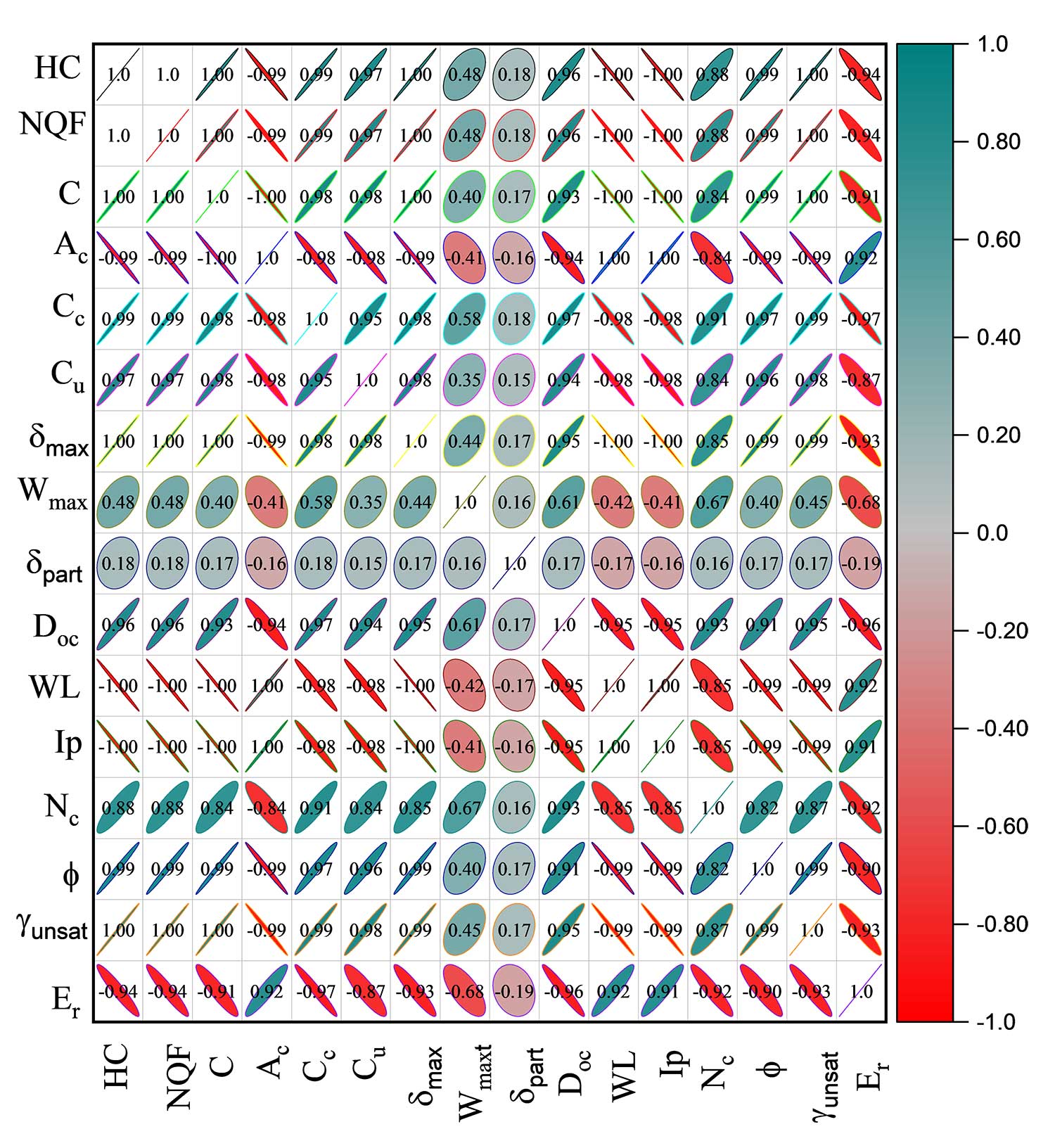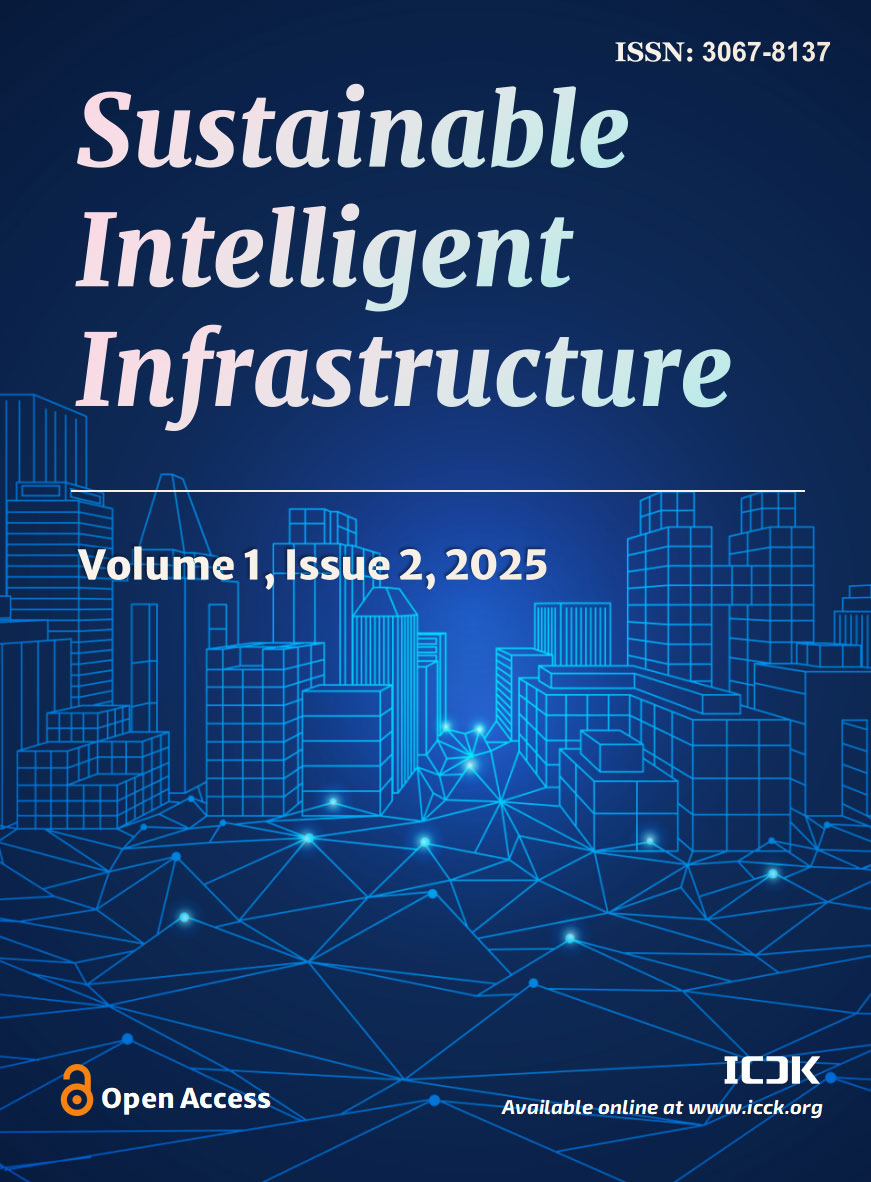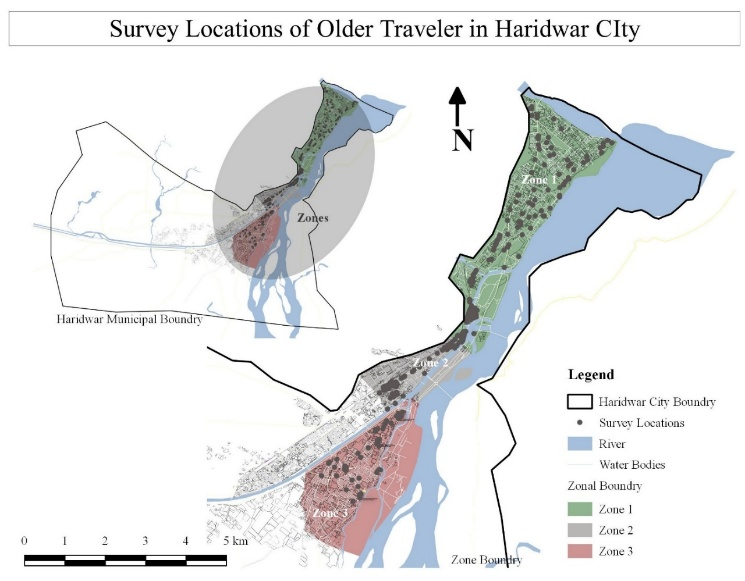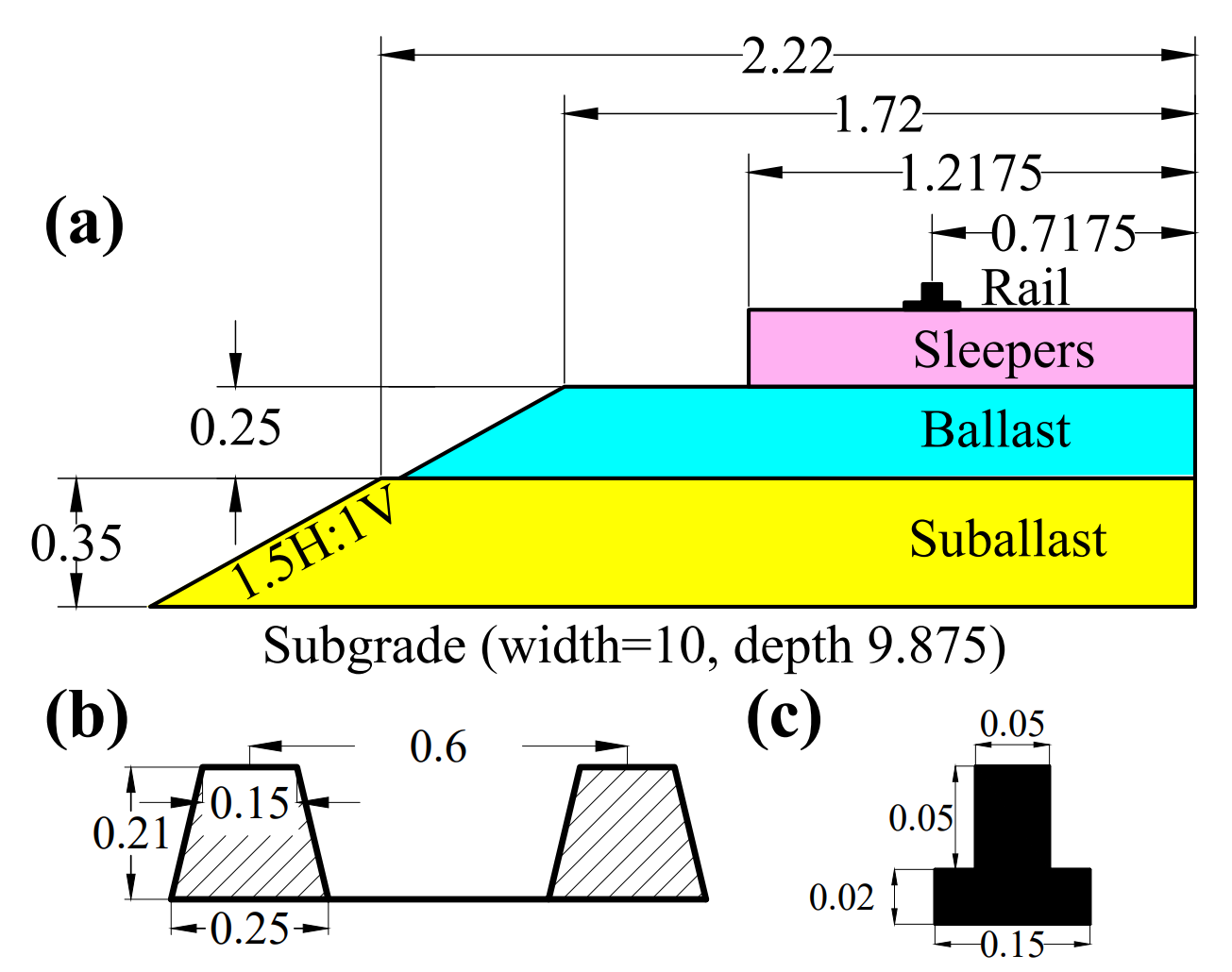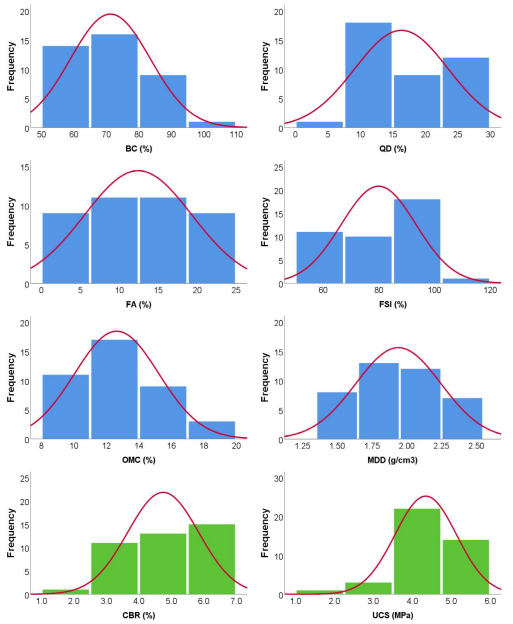Sustainable Intelligent Infrastructure | Volume 1, Issue 2: 93-107, 2025 | DOI: 10.62762/SII.2025.839324
Abstract
This research pioneers the application of a diverse set of advanced machine learning and optimization methods, to predict the erodibility of lateritic soil treated with cement and nanostructured quarry fines, providing a groundbreaking, data-driven approach that enhances traditional erosion analysis techniques. Traditional experimental methods for erosion analysis are often complex and resource-intensive; therefore, this research focuses on developing predictive models using Python. To build the machine learning and optimization models, 121 data points were collected from existing literature. The dataset includes erodibility measurements of unsaturated lateritic soil treated with local cemen... More >
Graphical Abstract
